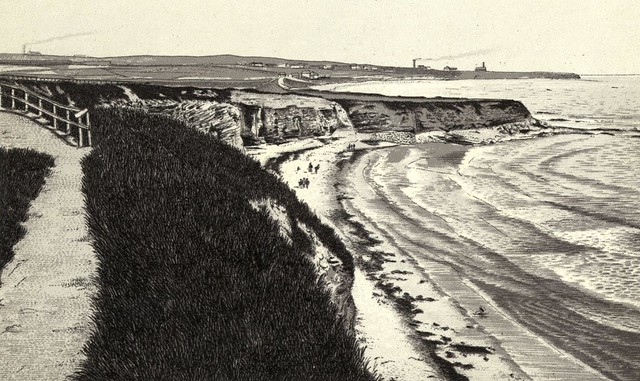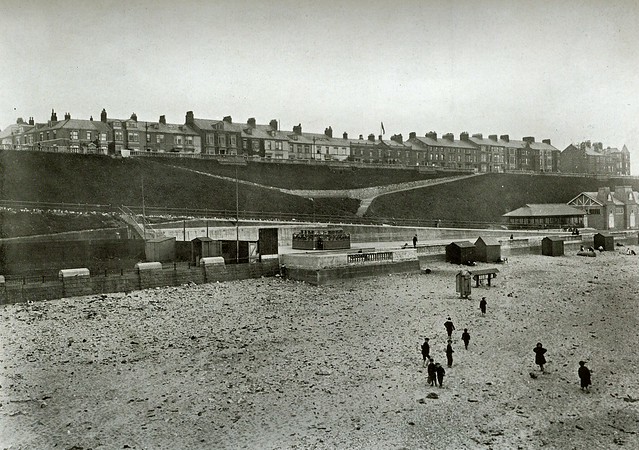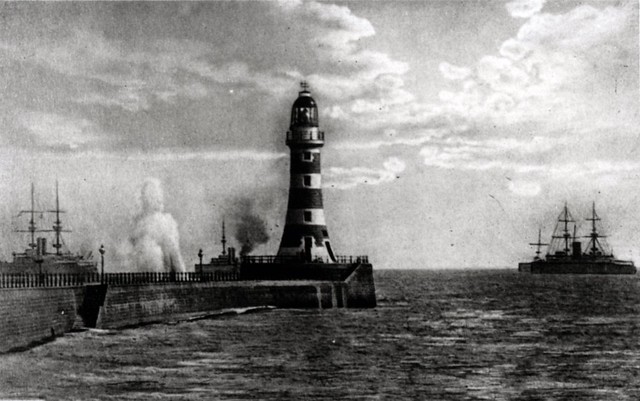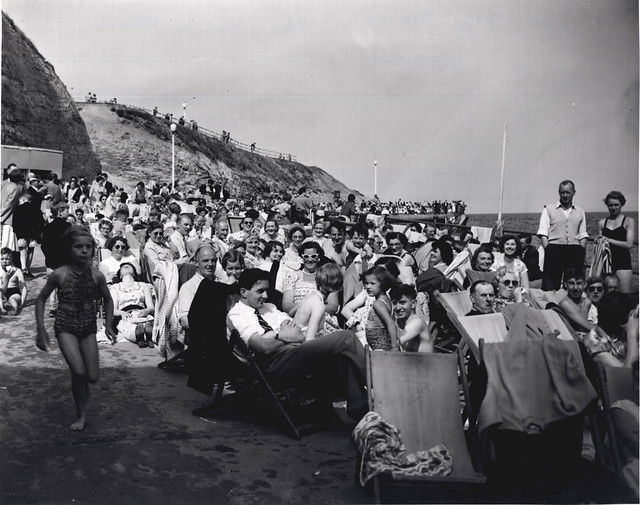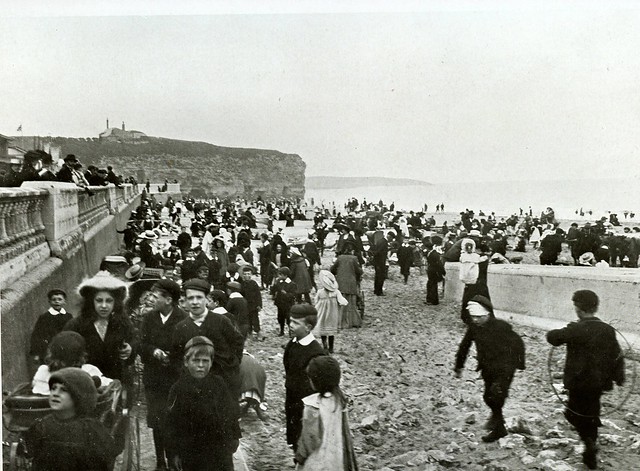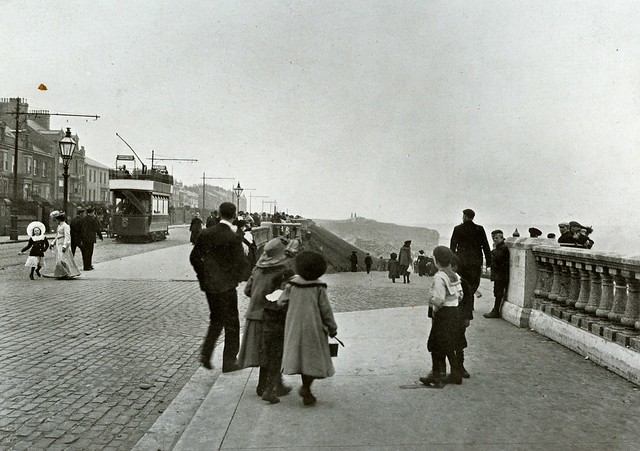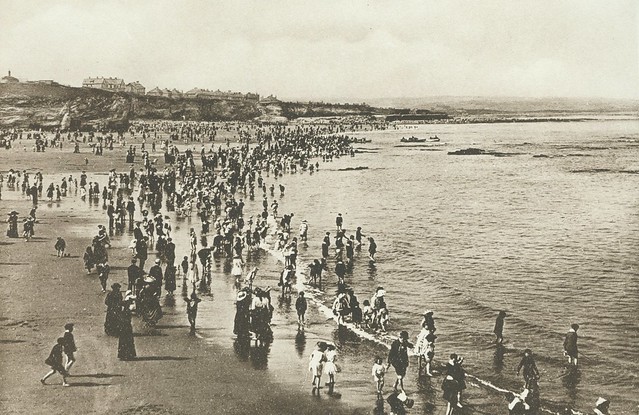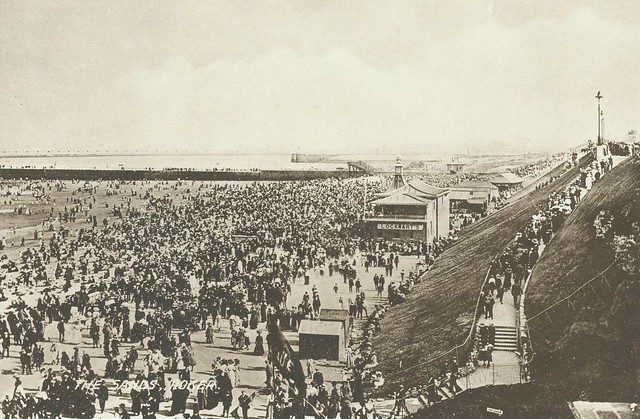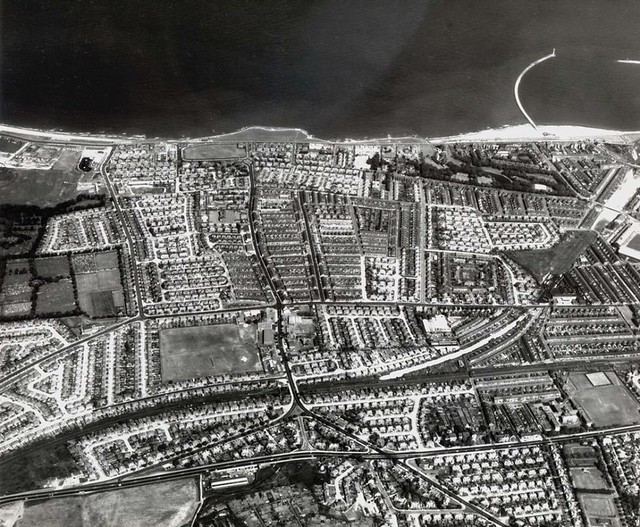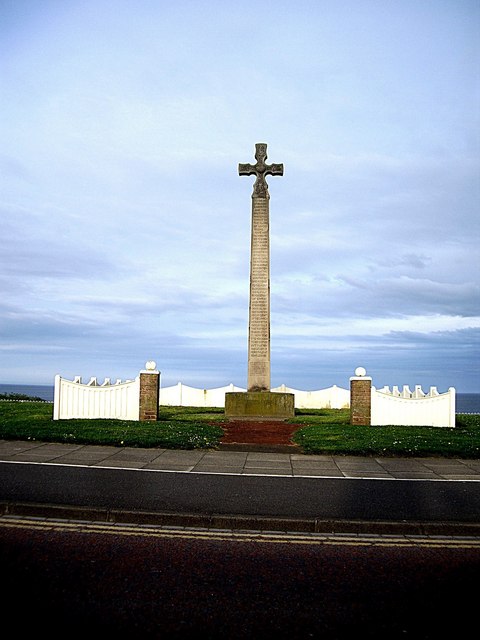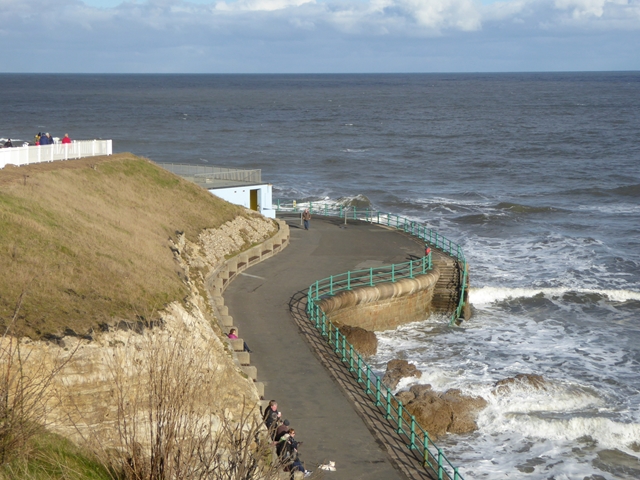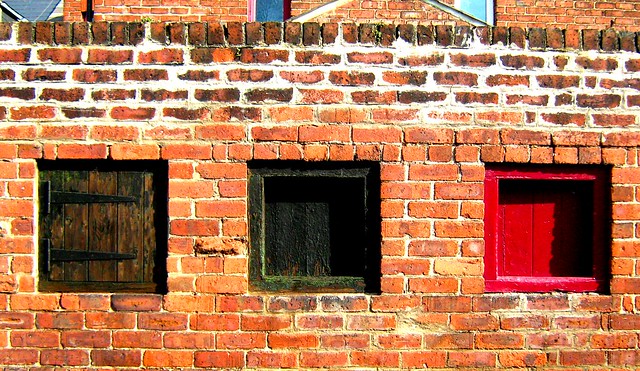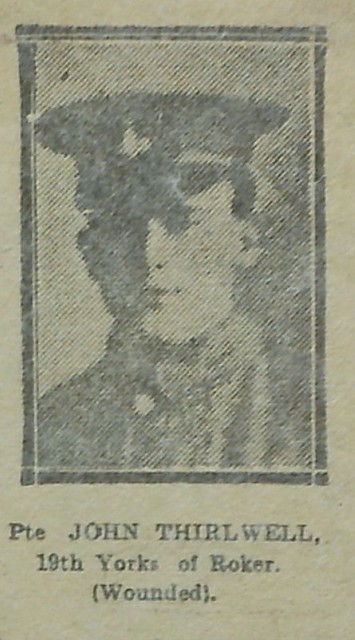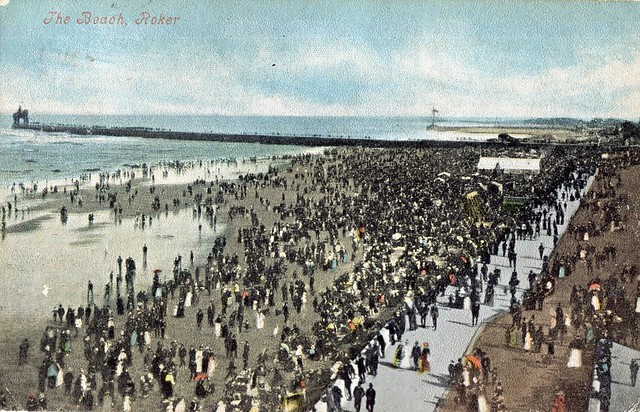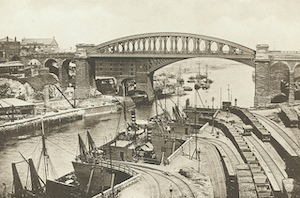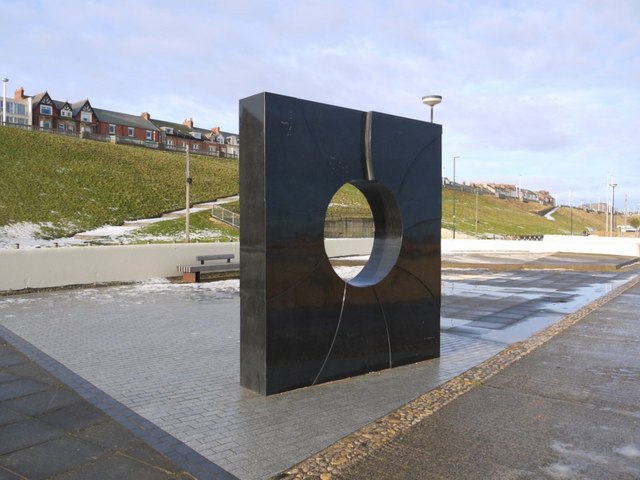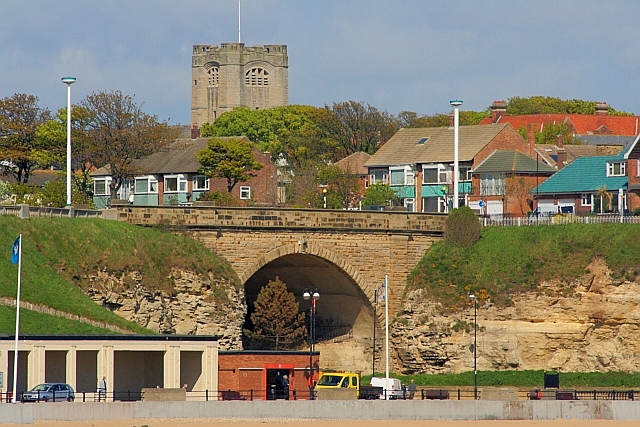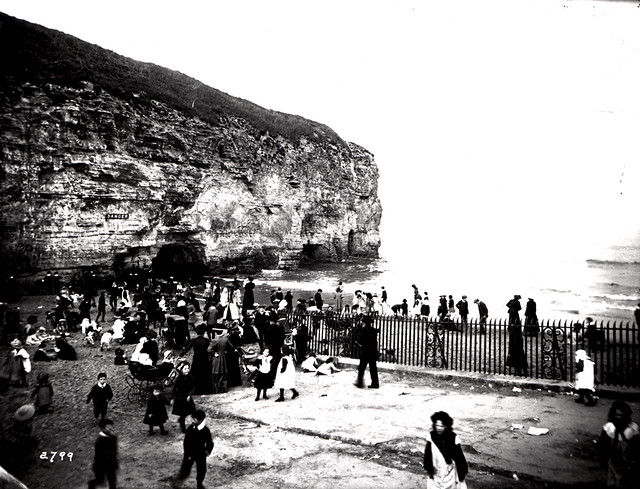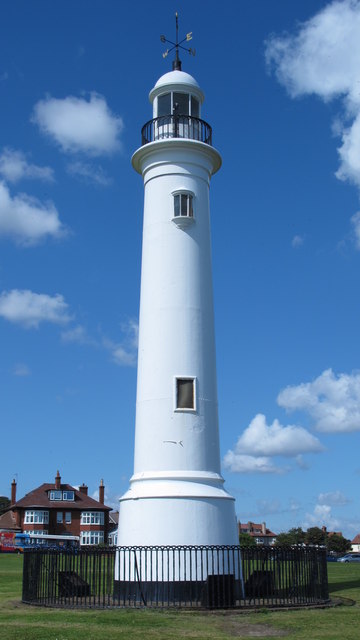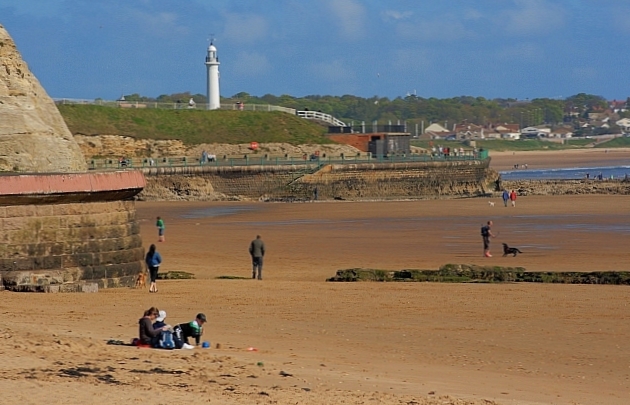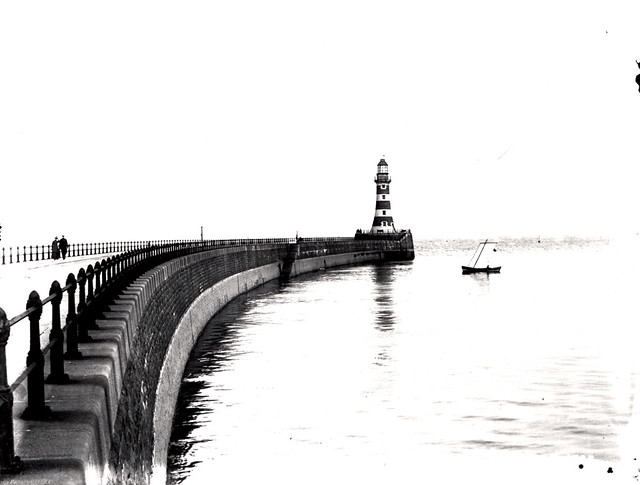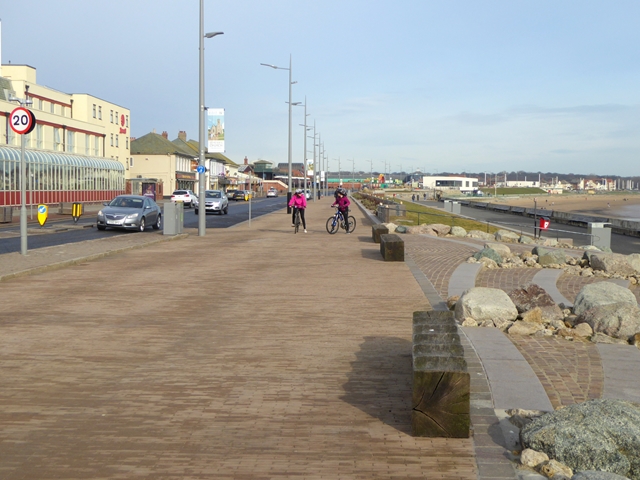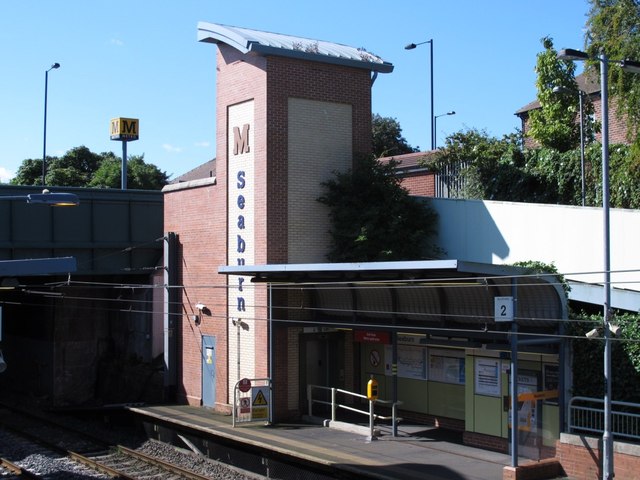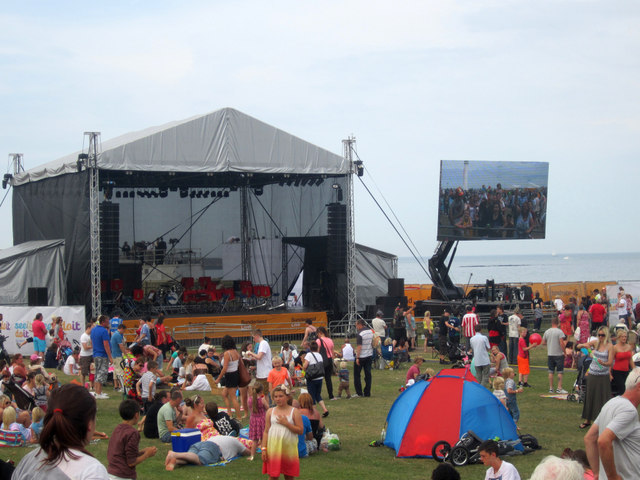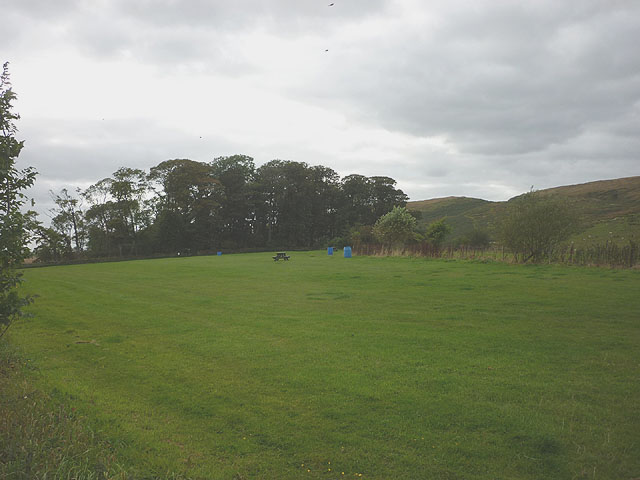Topics > Tyne and Wear > Sunderland > Roker
Roker
Roker is a seaside resort and suburb of the City of Sunderland. It is located on the north side of the mouth of the River Wear, with Seaburn to the north, Fulwell to the west, and Monkwearmouth to the south-west.
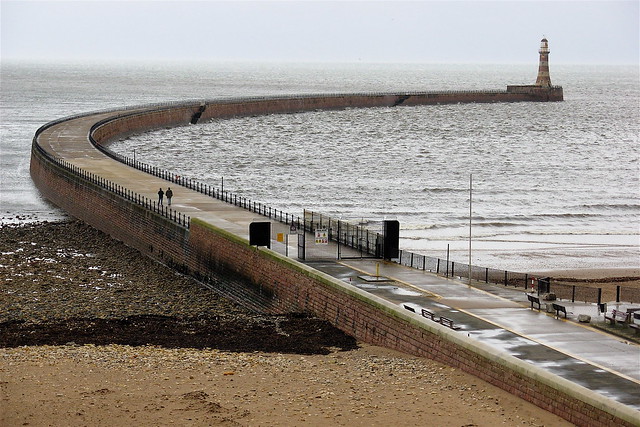 |
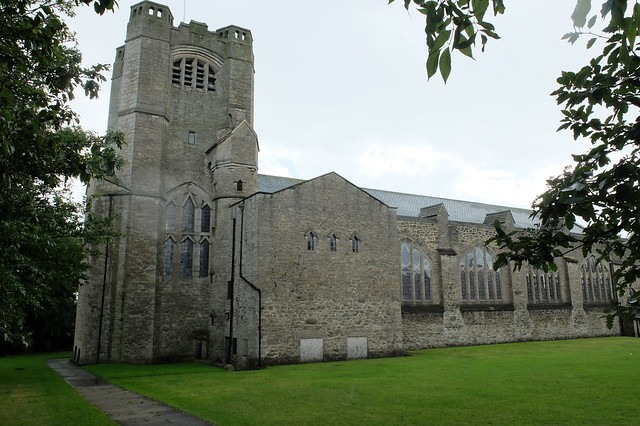 |
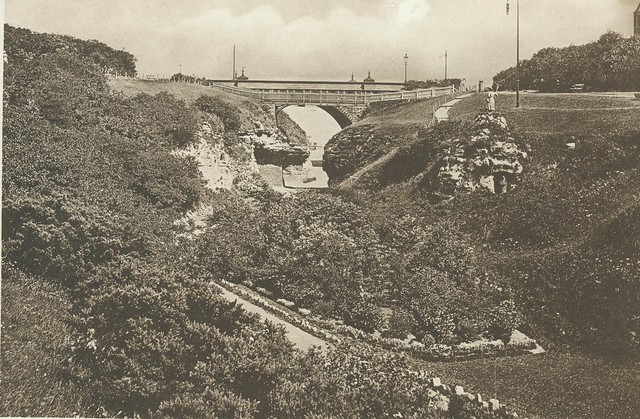 |
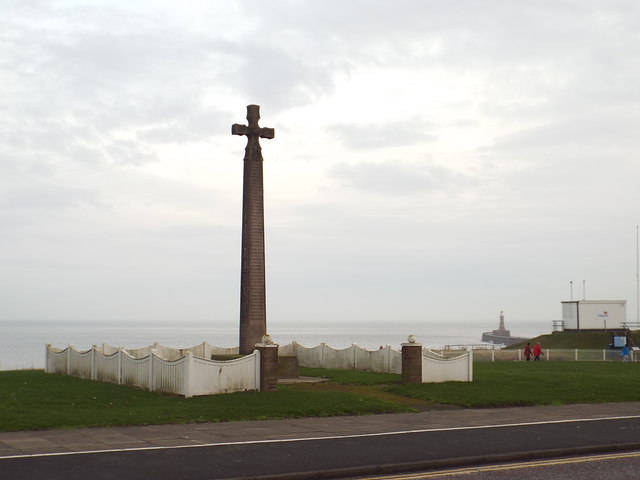 |
Pier and Lighthouse |
St Andrew's Church |
Roker Park |
Bede Memorial Cross |
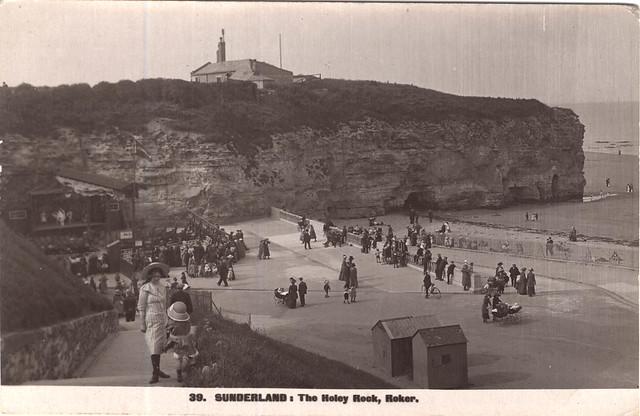 |
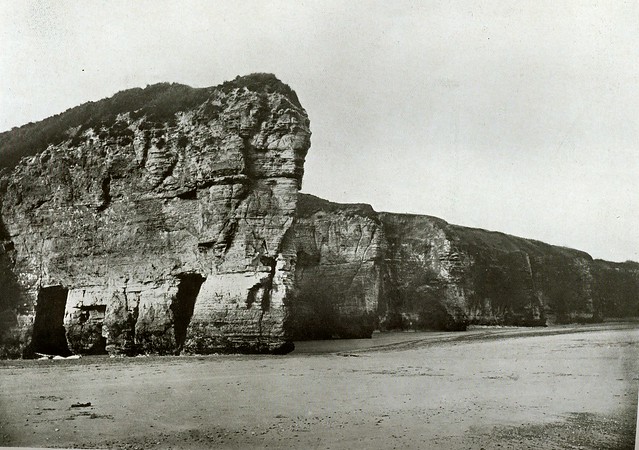 |
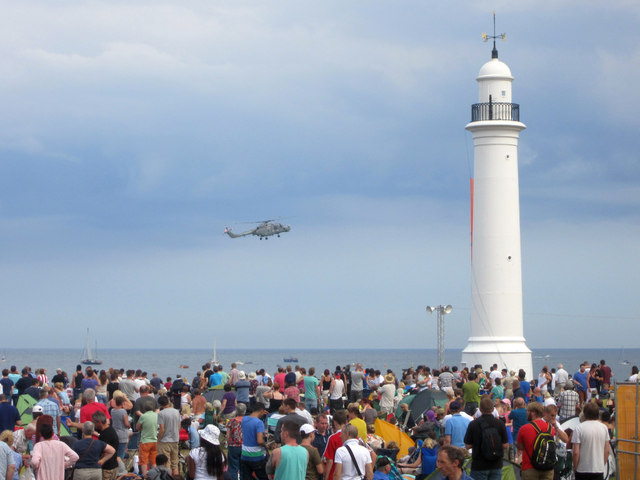 |
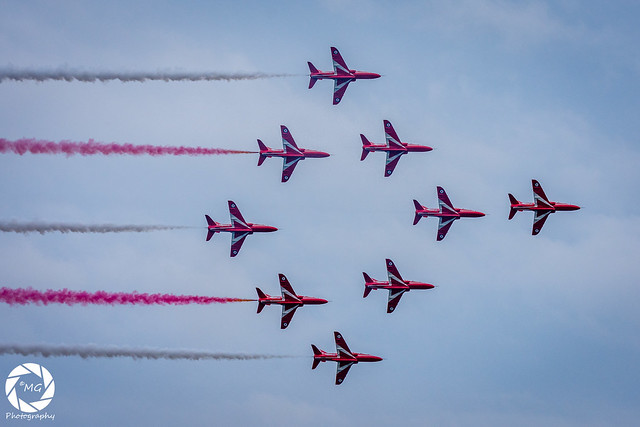 |
Roker Beach |
Holey Rock |
Lighthouse, Cliff Park |
Sunderland Airshow |
Roker was established in 1587, but it wasn't until the 1840's when it began to grow rapidly, with development of Roker Terrace on the cliff tops; followed by Roker Park (1880), the pier (1885), promenade (1898) and the parish church (1907). Today, Roker is a relatively affluent residential area and the Roker and Seaburn seafronts host the Sunderland International Airshow.
Roker is a tourist resort and affluent area of Sunderland, North East England, bounded on the south by the River Wear and Monkwearmouth, on the east by the North Sea, to the west by Fulwell and on the north by Seaburn. It is administered as part of the City of Sunderland.
The majority of the houses in Roker are terraced or semi-detached. Further west, to the part bordering Fulwell, are cul-de-sacs with semi-detached bungalows, these being owned mainly by members of Roker's sizeable elderly population. On Roker Terrace (Roker's main street) are exclusive apartments and hotels which overlook the seafront.
In addition to Seaburn seafront, the coast at Roker seafront plays host to Sunderland International Airshow, the biggest free airshow in Europe, which takes place each year, usually over the last weekend in July.
History
The story of Roker begins in 1587, when the Abbs family were granted land on the north side of the River Wear on the condition that they provided six soldiers to defend the mouth of the river. Fast forward to 1840, when Roker Terrace was built upon the cliff tops, along with Monkwearmouth baths and Roker Park soon after. The pier and lower promenade were built six years later. In 1898 Roker Park Stadium was built and Roker became known worldwide for being home to Sunderland A.F.C.. The stadium was used for ninety-nine years until 1997. In the early 20th century Roker became a hugely popular resort for locals and tourists alike, and in 1928 it was taken over by the Borough of Sunderland, along with Fulwell and Seaburn.
In 1995 Roker Park Conservation Area was declared.
Landmarks
St Andrew's Church (1905–07) is recognised as one of the finest churches of the first half of the twentieth century and the masterpiece of Edward Schroeder Prior.
One well-known landmark of sorts in Roker is the Bungalow Cafe, which is an old-fashioned café in a tiny bungalow on the upper promenade. Also famous is the signpost next to the café, marked: "To Beach" (pointing towards the beach), "To Village" (pointing into Roker), "To Bungalow" (pointing to the cafe), and "To Germany" (pointing out to sea).
A museum is located in the Roker Watch House which was originally opened in 1906 as the headquarters of the Roker Volunteer Life Brigade. It is open every Sunday afternoon and on Bank Holiday Mondays.
Other landmarks are the statue of Bede's cross on the cliff top near Roker Park and St. Peter's Church Monkwearmouth[1] near Roker. The cross recognises the work of the Venerable Bede, who worked in the North-East all his life at the twin monasteries of Wearmouth and Jarrow. There is bid for the twin monasteries to gain World Heritage Site status.
Lighthouses and pier
From 1717 the newly formed River Wear Commission began to improve the harbour entrance at the mouth of the Wear. By 1750 a pair of breakwaters had been built (which survive in truncated form as the 'Old' North and South Piers).
By the beginning of the next century each had a lighthouse at its end. (The lighthouse which stands today in Roker Cliff Park originally stood on the Old South Pier; it was deactivated in 1903 and removed eighty years later.)
With the growth of Sunderland as a port, it was decided to improve the approach to the river by creating an outer harbour, protected by a new pair of new breakwaters curving out into the North Sea from the shore on each side. The foundation stone for the New North Pier (Roker Pier) was laid on 14 September 1885. Applauded at the time as a triumph of engineering, the pier is built of granite-faced concrete blocks, which were manoeuvred into place by a gas-powered crane nicknamed 'Goliath'. The lighthouse at the pier head was completed in 1903. Its distinctive stripes are of naturally coloured red and white Aberdeen granite. When built it was said to be Britain's most powerful port lighthouse. It still functions today. The pier was closed for refurbishment in 2014. Both lighthouse have undergone significant refurbishment in recent years.
The opposite 'New South Pier' was begun at around the same time but never fully completed due to the start of the First World War; the twin lighthouse planned for its end was never built.
Demographics
The population of Roker is approximately 4,600. Since the redevelopment of former brownfield areas of heavy industry into affluent riverside housing areas, and the founding of the St Peters Campus of the University of Sunderland to the immediate south of the area, Roker has undergone rapid demographic change. The first of these two changes brought a large influx of professional and managerial workers into the areas now known as St Peters Riverside and North Haven. The arrival of the university campus has seen a large number of the larger houses in the vicinity of Roker Avenue being converted into flats and student residences. The pursuant studentification has brought a substantial Chinese community into the area for the first time, along with a variety of other nationalities
Along with the district of Monkwearmouth, Roker forms the St Peter's electoral ward on Sunderland City Council, which is a division of the Sunderland Central parliamentary seat. St Peter's ward was a safe Conservative ward in the 1980s, but became a battleground between the Conservatives and Labour in the 1990s and has remained as such ever since. Of the wards three council seats, Labour currently hold two and the Conservatives hold one.
Trivia
On the site of Sunderland AFC's former stadium is a small housing estate, its street names all being references to the football club (Clockstand Close, Goalmouth Close, etc.). The streets in between Roker Baths Road and Roker Avenue are all named after members of William Ewart Gladstone's cabinet (Gladstone, Hartington, Forster, Bright, Stansfield, and so on).

from Newcastle University (youtube)
10th Annual Sunderland Carnival And Roker Regatta, 1933. (1933)
Pinned by Simon Cotterill
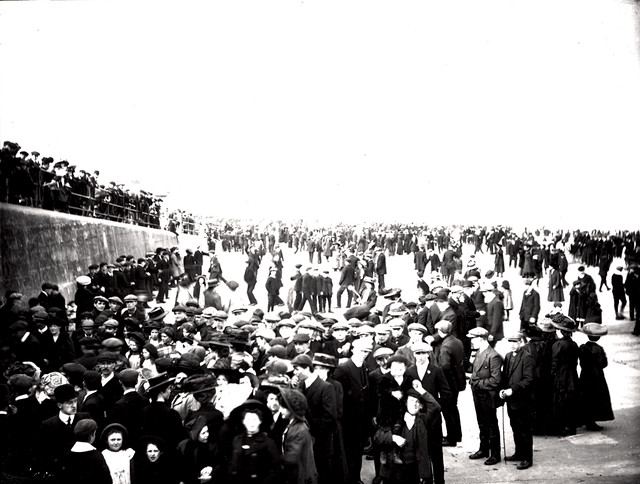
from Newcastle libraries (flickr)
029792:Sunderland Roker Promenade C.1910.
Pinned by Simon Cotterill

from BFI (youtube)
Sunderland Roker Regatta and Festival August Bank Holiday (1926) | BFI National Archive
Pinned by Simon Cotterill
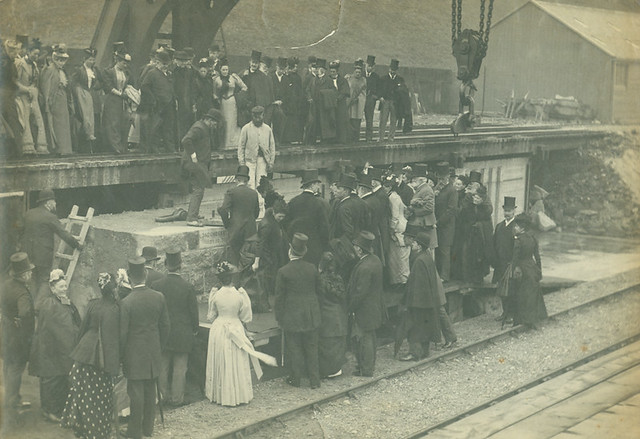
from TWAM (flickr)
Visit of the Marquis of Londonderry to Roker Pier works, 1891
Pinned by Simon Cotterill

from Youtube (youtube)
10th Annual Sunderland Carnival And Roker Regatta, 1933
Pinned by Simon Cotterill


from Newcastle University (youtube)
10th Annual Sunderland Carnival And Roker Regatta, 1933. (1933)
Pinned by Simon Cotterill

from Newcastle libraries (flickr)
029792:Sunderland Roker Promenade C.1910.
Pinned by Simon Cotterill

from BFI (youtube)
Sunderland Roker Regatta and Festival August Bank Holiday (1926) | BFI National Archive
Pinned by Simon Cotterill

from TWAM (flickr)
Visit of the Marquis of Londonderry to Roker Pier works, 1891
Pinned by Simon Cotterill

from Youtube (youtube)
10th Annual Sunderland Carnival And Roker Regatta, 1933
Pinned by Simon Cotterill
